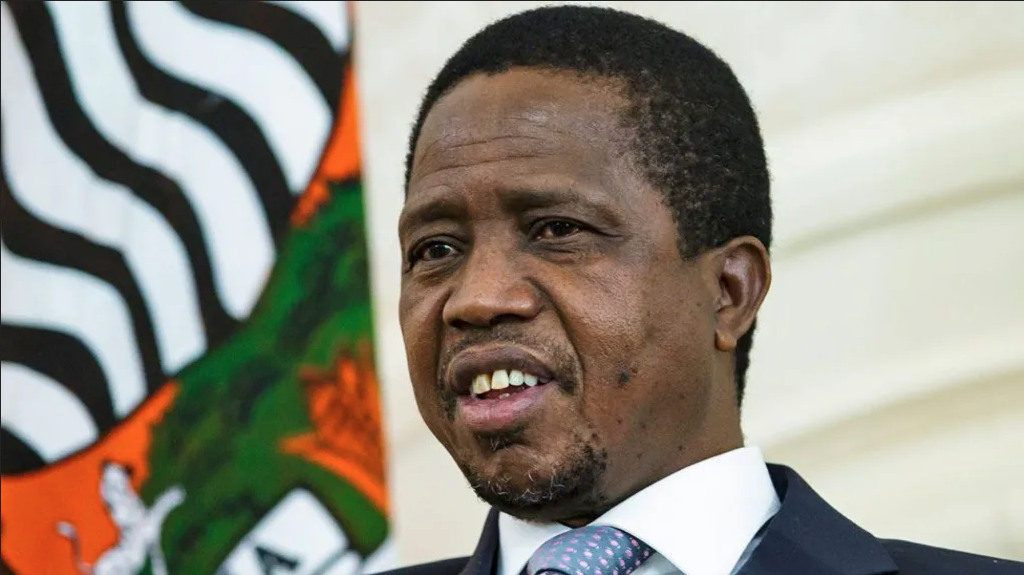Hamas’s brazen and vicious attacks within Israel have rightly drawn condemnation from around the world.
If this is a war, as both sides agree it is, then Hamas’s deliberate targeting of civilians counts as a major war crime.
But the brutality demonstrated by Hamas did not emerge in a vacuum. The lesson of what is currently happening in Israel and Gaza is that violence breeds more violence.
The last real chance of avoiding the tragic conflict between Israel and Hamas was destroyed by a single killing: The assassination of Israeli prime minister Yitzhak Rabin in 1995.
The assassin was not a Palestinian militant, but an Israeli extremist opposed to the Oslo Accords, by which Rabin sought a “land for peace” deal that was anathema to Israeli radicals, for whom Jewish sovereignty in the Holy Land is non-negotiable.
Rabin’s assassination occurred at the end of a peace rally attended by more than 100 000 Israelis, hopeful of an end to hostilities between Israel and Palestinians. At the time, that hope seemed realistic.
THE FALL-OUT
The beneficiaries of the assassination were Israeli nationalists, above all Binyamin Netanyahu, leader of the right-wing Likud party.
Netanyahu had rejected the Oslo Accords because they required Israel to withdraw from the territories it occupied after the Six-Day War in 1967.
In a protest against the Accords, and against Rabin, Netanyahu led a mock funeral procession, complete with a coffin and hangman’s noose.
After Rabin’s murder, and particularly following the failure to reach a settlement at Camp David in 2000, right-wing extremists gained power in Israel, and the prospect of achieving a viable Palestinian state in the occupied territories all but disappeared.
At the same time, the failure of Palestinian leader Yasser Arafat’s secular Fatah movement to deliver Palestinian statehood strengthened the Islamist Hamas, which, along with other militant Palestinian organisations, bases its legitimacy on killing Israelis.
With Hamas extending its influence (and exporting its violence) from Gaza, which it has controlled since 2007, to the Israeli-occupied West Bank, where the Fatah-controlled Palestinian Authority is nominally in charge, a growing number of Israelis supported the repressive measures Netanyahu promised.
And with the hapless PA unable to halt relentless expansion of Jewish settlements in the West Bank, the cycle of extremism and violence continued.
Netanyahu now leads the most fanatically nationalist government in Israel’s history.
CYCLES OF DEATH
In February, after a Palestinian shot dead two Israeli settlers, hundreds of Israelis rampaged through Huwara, a Palestinian village, in scenes reminiscent of Cossack pogroms against Jewish settlements in Russia more than a century earlier.
The Israelis set fire to Huwara, leaving one villager dead and others injured. None of this excuses the atrocities committed against Israeli civilians by Hamas terrorists who killed more than 1 000 Israelis, most of them defenceless civilians, including women and children.
Horrific videos show Hamas gunmen shooting, in cold blood, young people at a music festival.
As a proportion of the population, this attack killed 10 times as many people as al Qaeda’s attacks on the World Trade Centre and the Pentagon on 11 September 2001.
When Hamas attacks Israeli civilians, it knows this will lead to Israeli counterattacks in Gaza that are bound to kill and injure many civilians.
Hamas locates its military sites in residential areas, hoping this will restrain Israeli attacks, or at least lessen international support for Israel.
Hamas reportedly holds roughly 150 hostages, and has said it will kill one every time Israel bombs a Gazan home without warning.
Hamas leaders surely remember that in 2011, Netanyahu, as prime minister, was willing to free over 1 000 Palestinian prisoners, some of them terrorists, in exchange for a single captive Israeli soldier, Gilad Shalit.
Against that background, they may believe Israel won’t be prepared to sacrifice the lives of the hostages in order to achieve its military objectives.
If that is what Hamas’s leaders believe, they may find they have made a mistake.
CAUSE AND EFFECT
Whether Israel can eliminate Hamas as a military force remains to be seen, but it is clear that in the battle to achieve that objective, Israel will have to be prepared to lose many lives, probably of both soldiers and hostages.
How far Israel will go with its intention to deny electricity, fuel, food and water to Gaza’s two million citizens, many of them children, is hard to know.
What is certain is that Hamas’s brutal crimes do not entitle Israel to starve children.
In the eyes of many outside observers, the cause of Palestinian autonomy and statehood has long held the moral high ground.
Now that cause has been stained by the gruesome murders and abductions – many captured on video – carried out in its name.
Paradoxically, if Palestinians are ever to regain the moral high ground, they must hope for the destruction of Hamas.
As long as Hamas can claim to represent them, the evil it has perpetrated will taint their cause.
- Peter Singer, professor of Bioethics at Princeton University, is the author of ‘Practical Ethics, The Life You Can Save, Ethics in the Real World’.
– Copyright: Project Syndicate, 2023
Stay informed with The Namibian – your source for credible journalism. Get in-depth reporting and opinions for
only N$85 a month. Invest in journalism, invest in democracy –
Subscribe Now!






